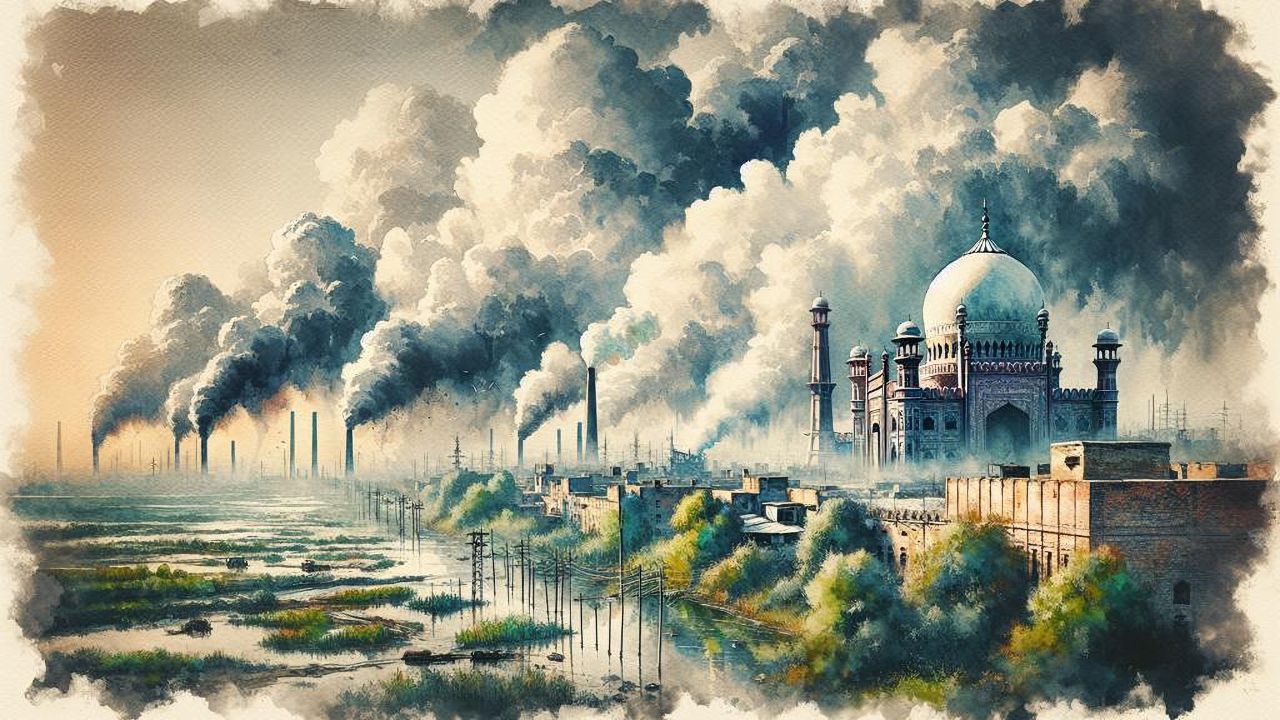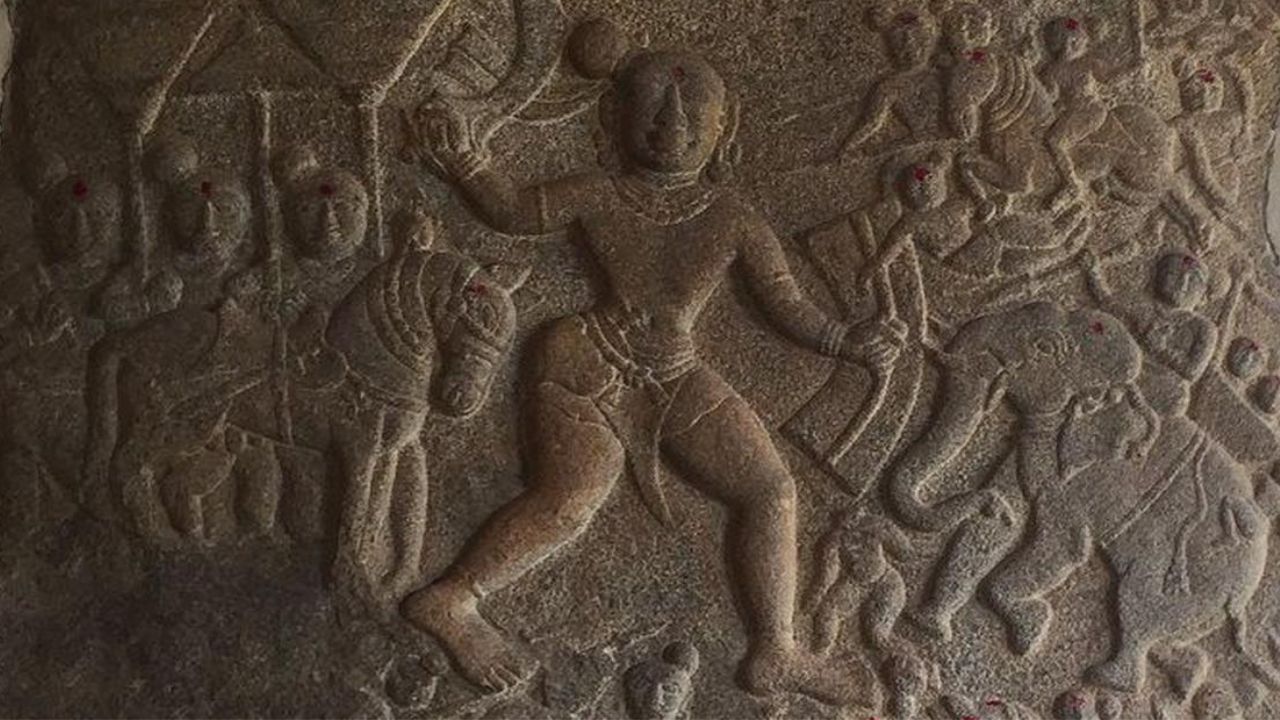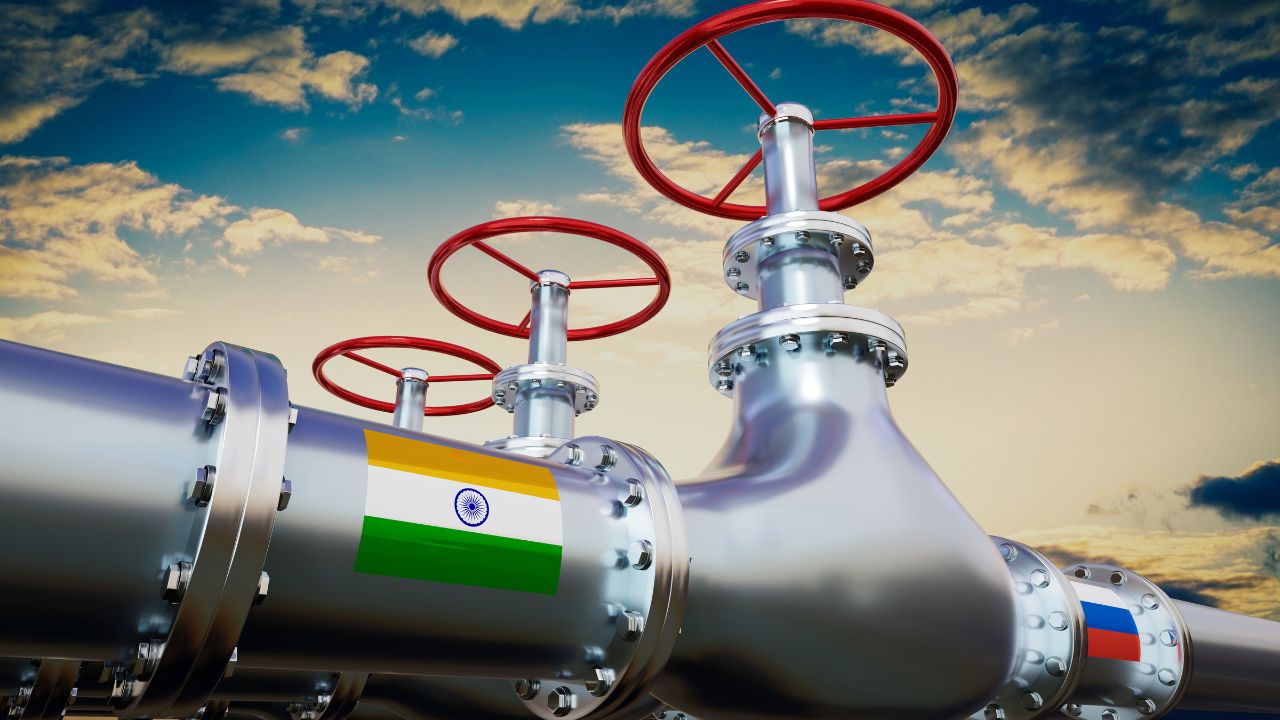
Monsoon Guessing
Read More
Sanity Break #1
We see you Audrey Hepburn fans and raise you a Sophia. Here’s a wonderful Vogue gallery of stunning photos of Sophia Loren. Nope, she was never ever close to being a size zero—and didn’t give a damn, saying: “Everything you see I owe to spaghetti.” And we love her for it!

Headlines that matter
Check out this edition for the most important stories from around the world today!

Sanity Break #2
This is either a sanity or insanity break—which is more likely since it’s poll season in Bengal and Mamata is running for reelection in a bypoll. All the more reason to take a perfectly good song ‘Manike Mage Hithe’—and turn it into a tribute to her. Sigh!

Smart & Curious
Here’s a list of intriguing things to pique your interest and wonder at our weird, wacky world.

Feel Good Place
Need an immediate pick-me-up? We have you covered! From hilarious animal clips to stuff that’ll make you go “lol why?!”, we have all you need to keep you sane on even your worst hair day.






